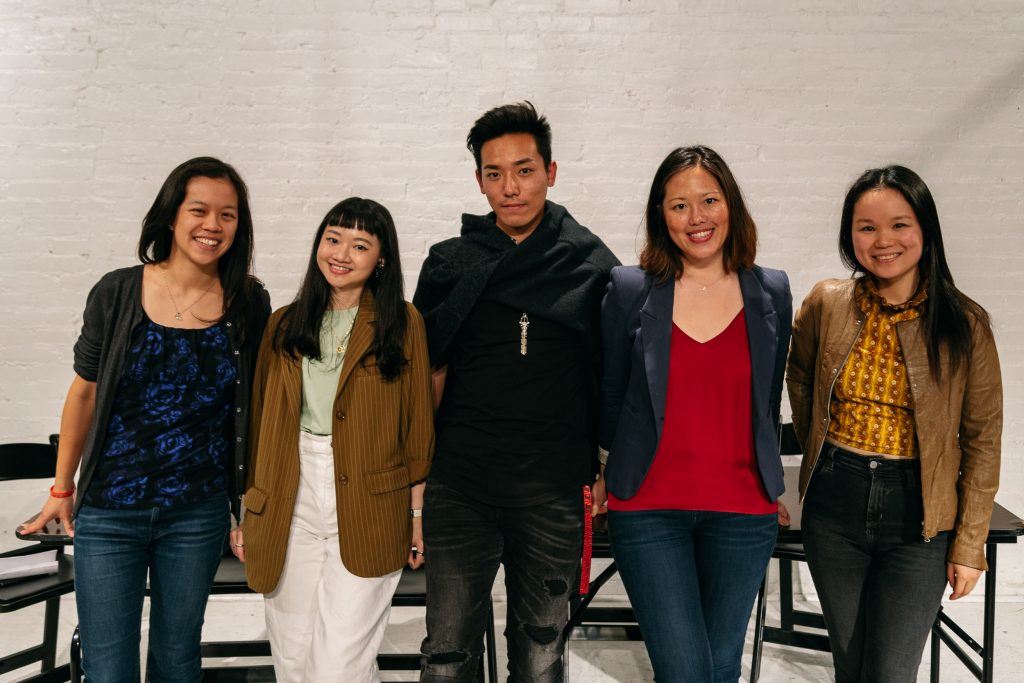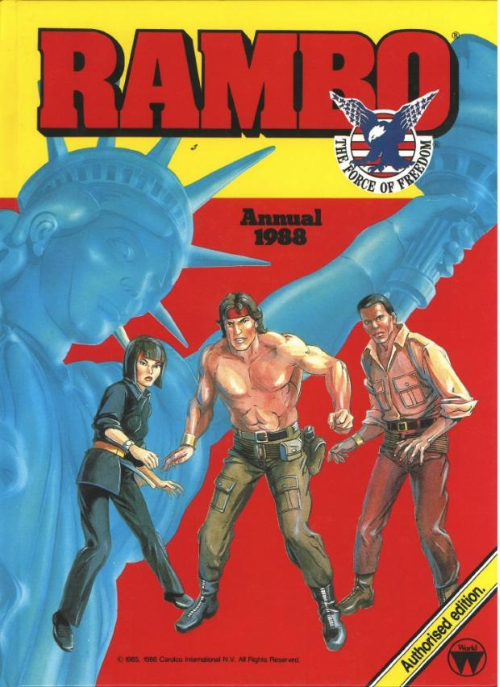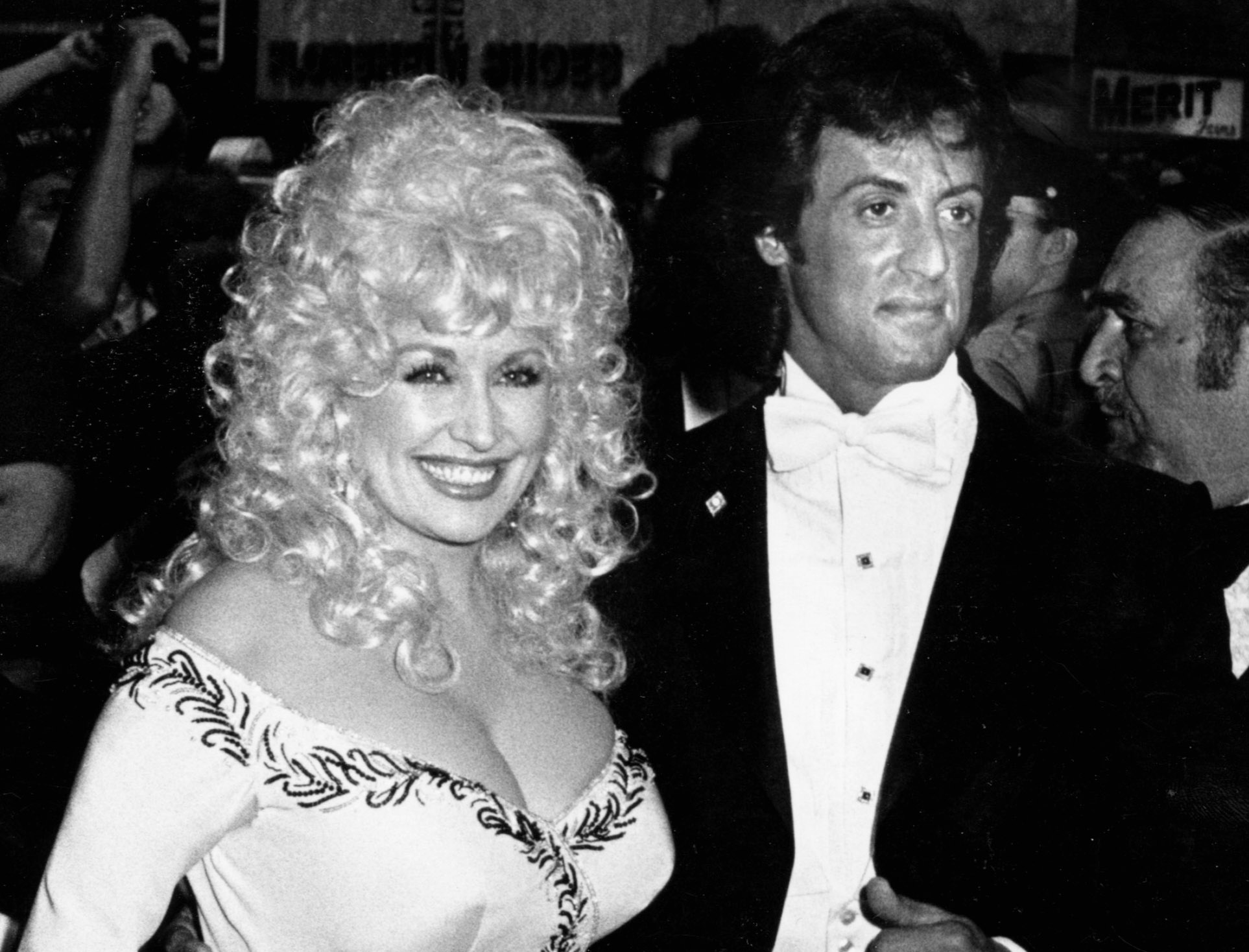The Need For Depth: Improving Asian And Asian American Representation In Media

Table of Contents
The Prevalence of Stereotypes and Their Harmful Effects
The lack of authentic Asian and Asian American representation in media is largely due to the persistence of harmful stereotypes that simplify and distort the reality of this diverse community.
The Model Minority Myth and its Limitations: The "model minority" stereotype paints Asians and Asian Americans as inherently intelligent, hardworking, and docile, conveniently overlooking the struggles faced by many within the community. This stereotype:
- Limits individual expression: It pressures individuals to conform to a narrow definition of success, stifling creativity and individuality.
- Ignores systemic inequalities: It masks the realities of poverty, discrimination, and lack of opportunity faced by many Asian and Asian American communities.
- Creates internalized racism: Individuals may internalize this pressure, leading to self-criticism and a sense of inadequacy if they don't meet these unrealistic expectations.
- Divides communities: It pits Asian Americans against other minority groups, undermining solidarity and collective action against systemic racism.
Other Harmful Stereotypes: Beyond the "model minority" myth, other damaging stereotypes abound. These include:
- The hypersexualized Asian woman: Often portrayed as submissive, exotic, or perpetually available, reducing complex individuals to sexual objects. Examples can be found in numerous films and TV shows, reinforcing harmful tropes.
- The nerdy Asian man: Depicted as socially awkward, lacking in masculinity, or solely defined by their intellect, limiting the portrayal of Asian men to a single, unflattering archetype. This is visible in both Hollywood and independent films.
- The perpetually foreign "other": Asians and Asian Americans are frequently portrayed as perpetually foreign, unable to fully assimilate into American society, hindering the portrayal of their contributions to American culture and history. This appears frequently in advertising and sitcoms.
These stereotypes significantly impact the mental health and self-perception of Asian and Asian Americans, contributing to feelings of alienation, inadequacy, and a lack of belonging.
The Lack of Diverse Storytelling and Complex Characters
Beyond the damaging stereotypes, the lack of diverse storytelling and complex characters further contributes to the inadequate Asian and Asian American representation in media.
One-Dimensional Characters and Lack of Nuance: Too often, Asian and Asian American characters are one-dimensional, defined solely by their ethnicity or a single trait, lacking the depth and complexity of fully realized human beings.
- Characters are often reduced to plot devices or comedic relief, lacking agency or personal growth.
- The full range of human experiences – joy, sorrow, anger, love – within the Asian and Asian American community is rarely explored.
- This lack of nuance reinforces stereotypes and prevents audiences from understanding the richness and complexity of these communities.
Limited Narrative Opportunities: The lack of Asian and Asian American voices behind the camera is another significant issue. The underrepresentation of writers, directors, and producers means that fewer stories reflecting the lived experiences of this community are being told.
- Fewer opportunities for authentic storytelling result in the perpetuation of existing stereotypes.
- The lack of diverse creative teams leads to a limited understanding of the community's nuances and perspectives.
Strategies for Improving Representation
Improving Asian and Asian American representation requires a multi-faceted approach focusing on increasing diversity within the media industry, promoting authentic storytelling, and educating audiences.
Increasing Diversity in the Media Industry: This requires a conscious effort to increase the number of Asian and Asian American professionals at all levels of media production.
- Implement mentorship programs to support and guide emerging talent.
- Increase funding for projects created by and featuring Asian and Asian American storytellers.
- Enforce equitable hiring practices to ensure fair and inclusive representation across all departments.
Promoting Authentic Storytelling: Empowering Asian and Asian American creators to tell their own stories is crucial.
- Support independent films and media projects that center Asian and Asian American narratives.
- Provide platforms and opportunities for these voices to be heard, from podcasts to streaming services to major networks.
Educating and Engaging Audiences: Raising awareness about the importance of authentic representation is essential, both among media professionals and the wider public.
- Implement media literacy campaigns to help audiences recognize and challenge stereotypes.
- Organize public discussions and forums to facilitate dialogue around representation and diversity.
Conclusion:
The lack of authentic and diverse Asian and Asian American representation in media has profound and damaging consequences, perpetuating harmful stereotypes and limiting the understanding of this diverse community. Improving Asian American representation requires a collective effort to increase diversity within the industry, support authentic storytelling, and educate audiences. We need to demand better Asian and Asian American representation from major studios, support independent films that showcase the richness of Asian cultures, and engage in ongoing conversations about diversity and inclusion. Only through sustained action and a commitment to meaningful change can we achieve a media landscape that truly reflects the vibrant tapestry of Asian and Asian American experiences. Let's work together to create a future where accurate Asian representation in media is the norm, not the exception.

Featured Posts
-
 Haly Wwd Astar Tam Krwz Ke Jwtwn Pr Mdah Ka Chrhna Tfsyl Awr Wayrl Wydyw
May 12, 2025
Haly Wwd Astar Tam Krwz Ke Jwtwn Pr Mdah Ka Chrhna Tfsyl Awr Wayrl Wydyw
May 12, 2025 -
 Celtics Unlikely 40 Point Performances A Double Feat
May 12, 2025
Celtics Unlikely 40 Point Performances A Double Feat
May 12, 2025 -
 Unveiling The Opulence Mansions Showcased On Mtv Cribs
May 12, 2025
Unveiling The Opulence Mansions Showcased On Mtv Cribs
May 12, 2025 -
 Selena Gomezs 3 000 Benny Blanco Diamond Ring A 12 Sale
May 12, 2025
Selena Gomezs 3 000 Benny Blanco Diamond Ring A 12 Sale
May 12, 2025 -
 After Pope Francis 9 Leading Candidates For The Papacy
May 12, 2025
After Pope Francis 9 Leading Candidates For The Papacy
May 12, 2025
Latest Posts
-
 Reavaliando Nome Do Quadrinho Por Que A Adaptacao De Stallone Merece Mais Reconhecimento
May 12, 2025
Reavaliando Nome Do Quadrinho Por Que A Adaptacao De Stallone Merece Mais Reconhecimento
May 12, 2025 -
 Sylvester Stallone E A Surpreendente Qualidade De Nome Do Quadrinho
May 12, 2025
Sylvester Stallone E A Surpreendente Qualidade De Nome Do Quadrinho
May 12, 2025 -
 Box Office Disaster Analyzing The Failure Of Stallone And Partons Musical
May 12, 2025
Box Office Disaster Analyzing The Failure Of Stallone And Partons Musical
May 12, 2025 -
 Esta Adaptacao De Quadrinhos De Stallone Muito Alem Da Reputacao
May 12, 2025
Esta Adaptacao De Quadrinhos De Stallone Muito Alem Da Reputacao
May 12, 2025 -
 Stallone And Partons Unlikely Collaboration The Musical Comedy That Flopped
May 12, 2025
Stallone And Partons Unlikely Collaboration The Musical Comedy That Flopped
May 12, 2025
